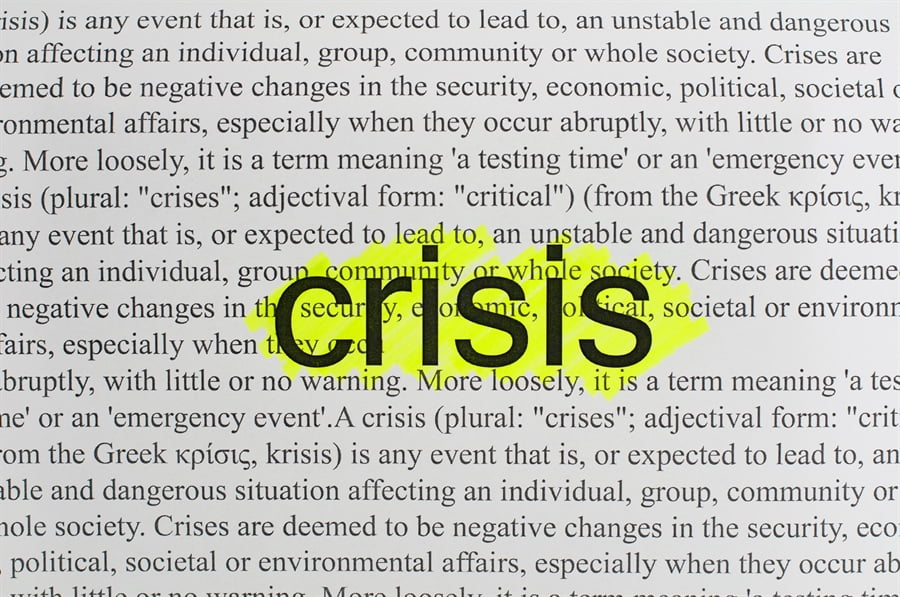Published July 31, 2017
On July 4, 2017 North Korea launched an intercontinental ballistic missile as a test. The United States and South Korea launched missiles into territorial waters as a response to the continued destabilizing actions of North Korea.
Not only are lives at stake if this were to turn into a hot war but also the world’s economy potentially. A war that could affect Chinese, South Korean and Japanese port access would cripple supply chains all over the world. In the event that access to the East China Sea becomes impossible due to an active war the pipeline of inventory for all products produced in this region could dry out. Keeping in mind that standard transit time from China to the port in Long Beach, CA is 19 days and at least an additional six days to each major city east of the Mississippi River. We would also need to assume that there would be a no fly zone preventing the switch to air freight. At the very least transportation companies will be reluctant to risk their assets during an active war without significant protection. The impact to manufacturing in South Korea, China and Japan could be substantial if they are attacked. Most companies who have outsourced manufacturing do not have plants in multiple countries. This is typical in the electronics industry.
Supply chain managers across the globe need to understand their exposure and develop a plan in case there is a war. Here is a list of questions to help begin to build your strategy.
1.) How much of your revenue is tied to products coming from China, South Korea or Japan?
2.) What ports are you using?
3.) How much inventory do you have of these products? If you needed to increase production and expedite shipping, how long would that take? How much would it cost?
4.) If you needed to switch manufacturing to another country, is it possible? If so how long would it take?
5.) If you need to acquire more warehouse space to increase inventory, how much space would you need?
6.) How are your suppliers affected? Do they have a strategy?
7.) Do your logistics service providers have a plan?
Why is it important to have a plan for a war that may not happen? Based on United States history a war would last a minimum of five years up to 20 years or more. Long term disruption to your supply chain could have catastrophic effects to the viability of your company.
More Resources



